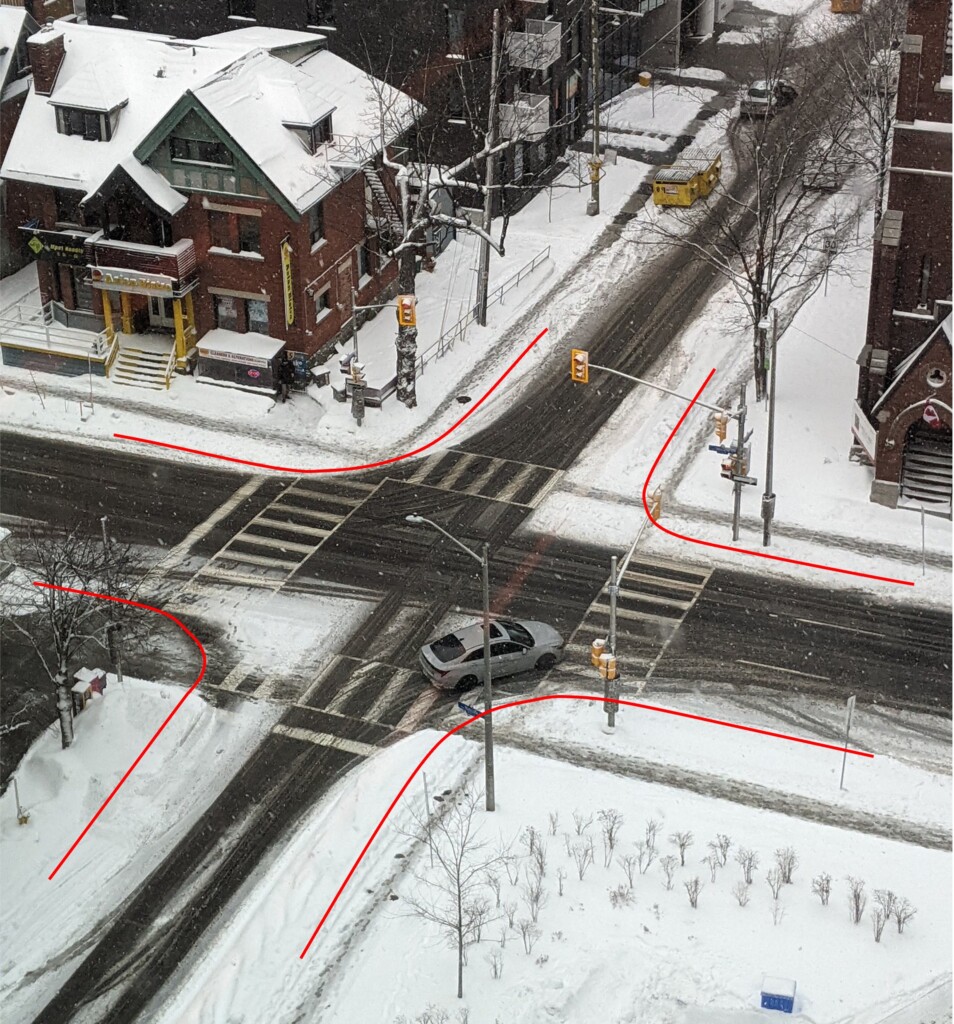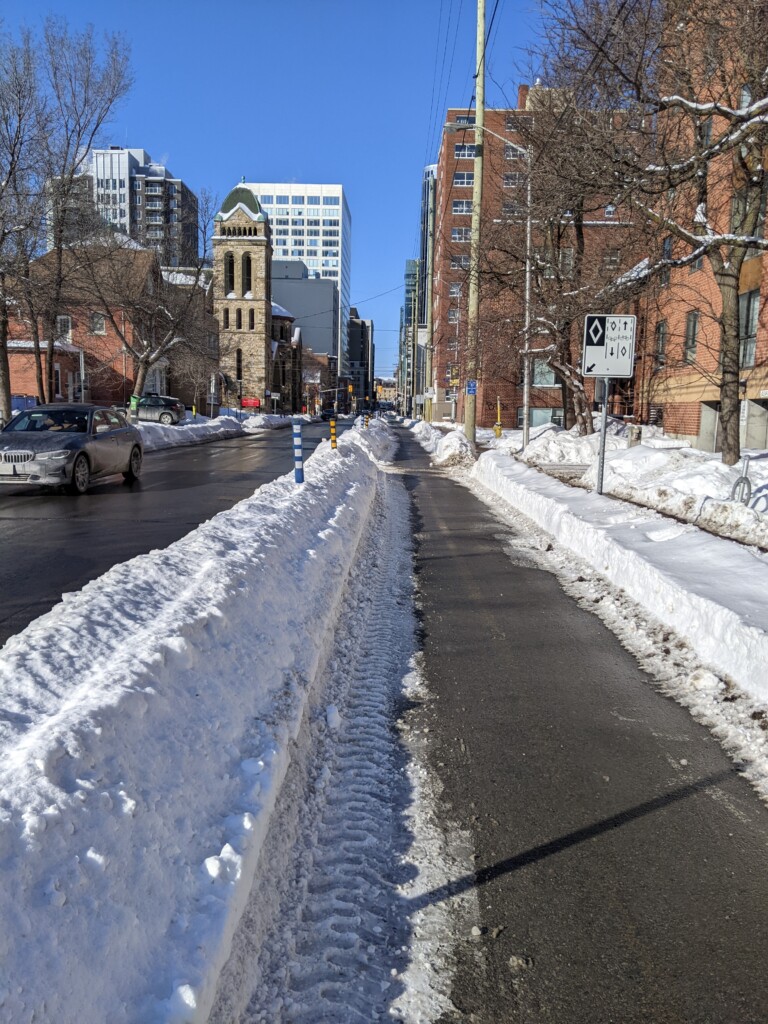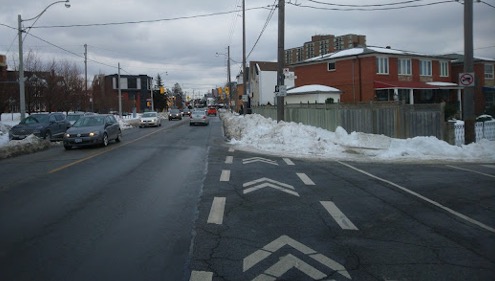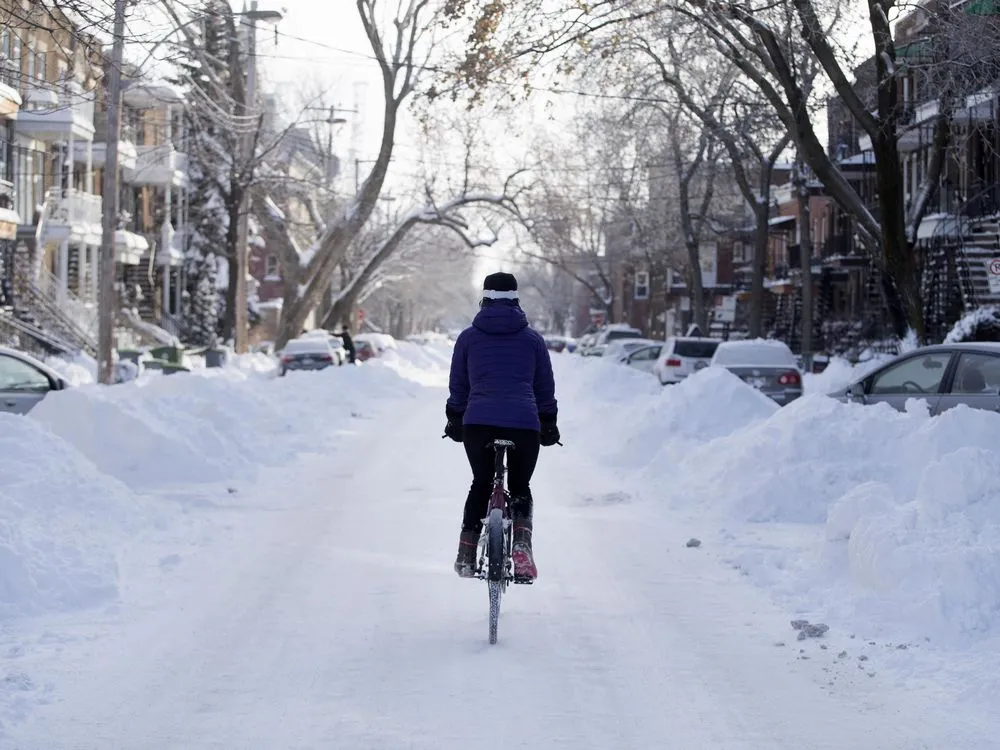Cycling / Mobility
When the Snow Flies: A Guide for Winter Cycling Success – Part 1
I can’t tell you how many surprised faces I’ve seen or how many people have questioned my sanity after I tell them I ride my bike year-round in Ottawa, Canada. As the snowiest capital city in the world, the thought of riding a bike into November – let alone in the middle of January – is unfathomable for most. Yet in Ottawa, and many cities across Canada and around the world, it’s definitely possible and actually a lot of fun!
There is far more to encouraging and enabling winter cycling than simply educating the public on how to stay warm, be seen, and what tires they should get. Winter cycling begins from the top down, with local governments committing to planning, designing, and maintaining cycling infrastructure with all seasons in mind. So with this two part series, I lay out a guide to become the next winter cycling city.
Planning
The first step in creating a good winter cycling network is creating a good cycling network, period. Your network needs to allow people to get from their origins to their destinations on routes that are safe, coherent, direct, comfortable, and attractive. The most frequented destinations (e.g., work, school, shops, and services) don’t change from season to season, so connecting them with a good network will help to increase cycling mode share year-round.
Design
The next consideration is design. Snow storage is a common concern in winter cities and is frequently cited as a reason to maintain wide vehicle lanes. However, there is no need for snow storage to take place within the curb-to-curb width. Year after year, fresh snowfall reveals the space that is truly needed for motor traffic and demonstrates opportunities for curb extensions – space that can be used for buffers, wider sidewalks, and cycle tracks. Known as a sneckdown, this phenomenon demonstrates how much extra space is dedicated to motor traffic and could serve other uses, including snow storage.

Figure 1. Example of a sneckdown, as seen from Mobycon’s office in Ottawa, Canada. The red lines delineate the existing curb line.
Separated cycle tracks or multi-use paths typically offer the best winter cycling experience for users and can also allow for efficient maintenance practices when properly designed. A wide buffer should be maintained between the roadway and the cycle track to allow snow from either space to be pushed into this area for storage. The provision of a wide buffer also helps to create a safer and more comfortable cycling experience for users as there is a much lower risk of a cyclist falling into traffic if they slip on ice or snow.
The functional width of cycling facilities will also inevitably be narrowed in winter by snow build-up along the edges of the facility. For this reason, it is important to design cycling facilities of sufficient width – preferred 2.0 metres for one-way facilities and 3.5 to 4.0 metres for two-way – to ensure an acceptable clearway width year-round, even as snowbanks encroach into the cycle path.

Figure 2. While snow storage can offer additional protection for cyclists, it can also have negative impacts if not properly designed for. Note the clearway of this bidirectional facility has been narrowed below the preferred minimum, in part due to the buffer width being too narrow to accommodate the amount the snow storage needed.
When cycling facilities are not separated, as is the case with painted bike lanes, snow build up on the edge of the roadway is not only an inconvenience but can result in dangerous situations for cyclists. Users may be forced into the adjacent motor traffic lane or encounter unexpected obstacles within the bike lane such as frozen snowbanks or large chunks of ice and snow that can cause a crash.

Figure 3. Painted cycle lanes are commonly used as snow storage in winter, undermining efforts to increase cycling mode share (source)
Mixed traffic environments such as bicycle boulevards, shared streets, and traffic calmed local streets can offer opportunities for comfortable winter cycling that is also cost-effective for municipalities. These streets can be cleared as part of the municipality’s standard snow clearing practices with no need for special equipment. While key bike routes along local streets should be prioritized for clearing (to be covered in Part 2), mixed traffic allows cyclists to ride in the tire tracks of vehicles in the interim. Snowbanks on either side of the roadway can serve to narrow the street and create a traffic-calmed, low-speed environment that is perfect for cyclists mixing with motor traffic.

Figure 4. Snow storage can double as traffic calming, narrowing the street to create a more comfortable environment for cyclists (source).
Rethinking the Use of Space to Encourage Winter Cycling
Every winter, those of us in cold climates have the opportunity to see how snow impacts our transportation systems. From sneckdowns and snowbank buffers to nature’s traffic calming, we can see how snow can both help and hinder winter cycling, depending on street and facility design. We can also see that we have space within our streetscapes that can be used differently. By creating wider sidewalks, cycling facilities, and buffers – thereby reducing road widths – we can create an environment that is conducive to cycling year-round, without negatively impacting road users.
In Part 2 of this winter cycling series, we will examine the designation of winter cycling networks and maintenance standards to take a high-quality cycling network to the next level.
 ">
">Eric Post
“I believe one of the most effective ways for us to reduce our impact on the environment is to transition to more environmentally sustainable forms of transportation. Building cities where walking and cycling are safe, easy, and enjoyable is a win for all community members and the planet.”

